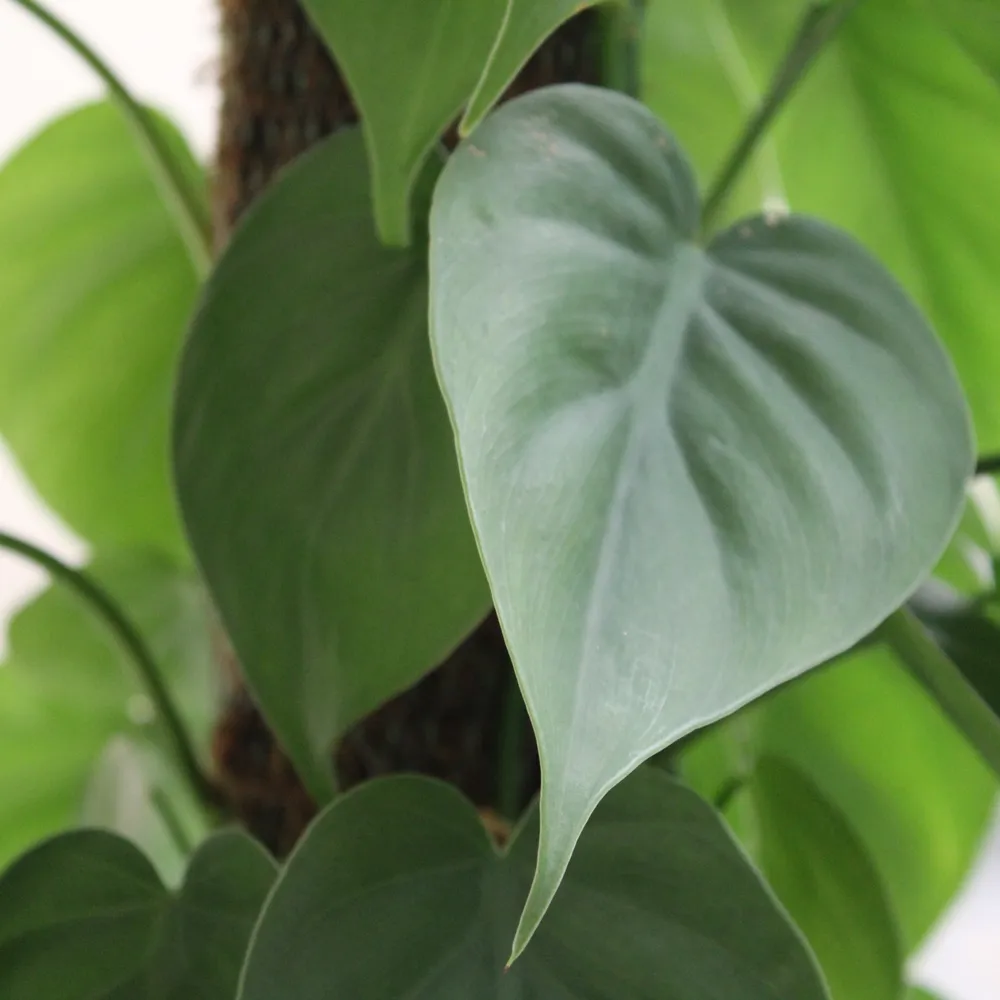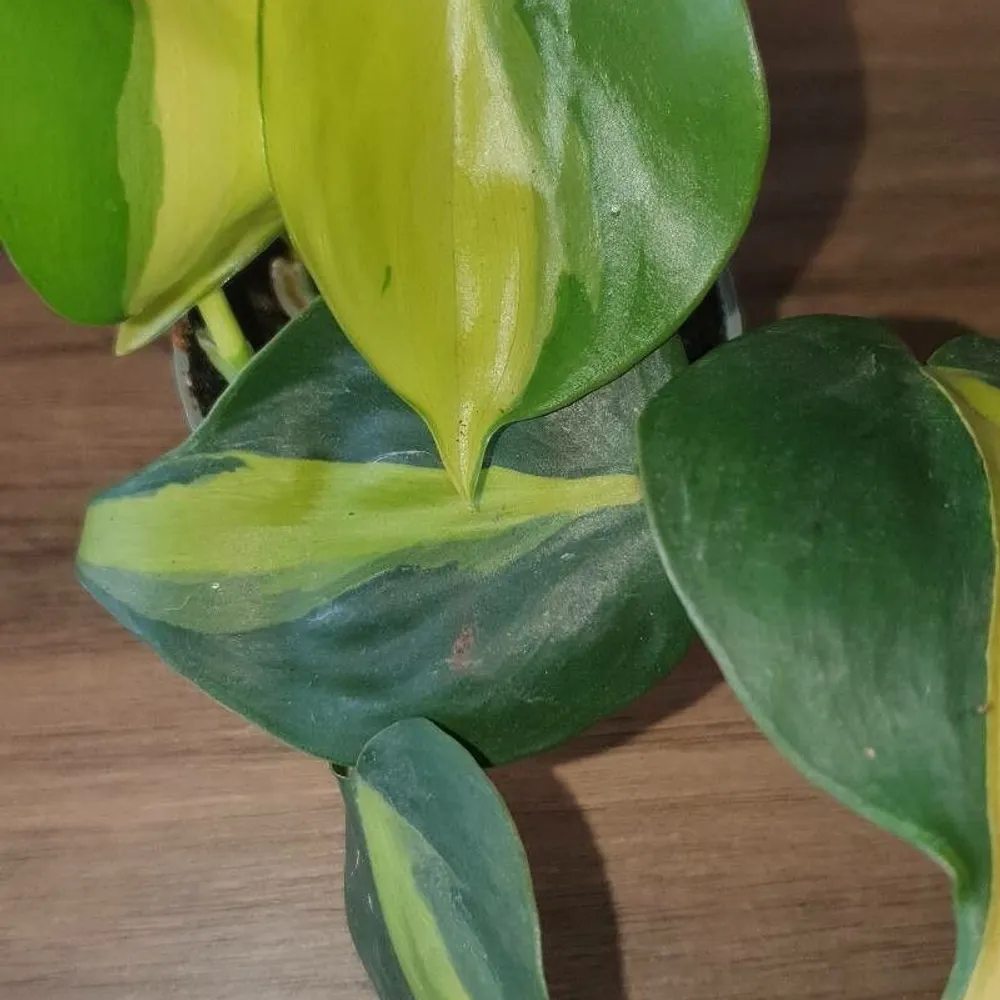Plants
How is our database organized?
Let's unravel the mystery of plant names together, using a system that's been around since the 18th century - the binomial nomenclature. It's like a plant's passport, telling us exactly who they are and where they fit in the great family tree of flora.
This is the genus, the plant last name.
It groups together species that share common ancestors and characteristics. For example, all Philodendrons share traits like their aroid flowers and climbing nature. There are about 450 Philodendron species, all cousins in this big, leafy family!
That's the specie, the plant's first name, defining a group that can interbreed and produce fertile offspring. The hederaceum specie is known for its heart-shaped leaves and vining habit, distinguishing it from its Philodendron relatives.
Well, not exactly - the plant world loves to keep us on our toes with varieties, cultivars, hybrids, and other botanical curveballs that add exciting twists to this naming system.
Var.iety - Nature's twists
Varieties are naturally occurring variations within a species. In taxonomy, they're written as var. followed by the variety name.

'Cultivar' - Human's handiwork
Cultivars are cultivated varieties, bred or selected by humans for specific traits. They're written in single quotes after the species name.
However, with plants of uncertain parentage, cultivar names may stand alone with just the genus, reflecting their intricate breeding history.

× f. subsp. ... - More plant plot twists
The plant world doesn't stop at varieties and cultivars. You might encounter hybrids (×), forms (f. or forma), subspecies (subsp.), grex (gx) in orchids, and more.

How do we decide what is on Chlorobase?
For cultivars, we take a comprehensive approach by reviewing official patents, breeder references, and International Cultivar Registration Authorities (ICRAs). We also consult plant communities when necessary. While we recognize that plant classification is constantly evolving and sometimes debated, we maintain our database's usefulness by including plants that show distinct characteristics from their relatives.
In our database, you'll find both scientific names and common names for each plant.
Common names are the everyday terms people use to refer to plants, often describing a distinctive feature or cultural significance.
For the Philodendron hederaceum, a common name used can be "heartleaf philodendron", referencing its heart-shaped leaves. These names can vary by region or language – what's called a "vine philodendron" in one place might be "filodendro trepador" in another.
While charming and often descriptive, common names aren't standardized, which is why we always pair them with accurate scientific names. This dual approach ensures clear communication whether you're chatting with a fellow plant enthusiast or seeking specific care information.
On our website, you can browse or search by common names or scientific names. We will work our best to include every naming used for any plant.
